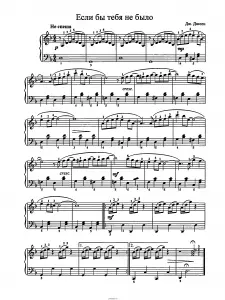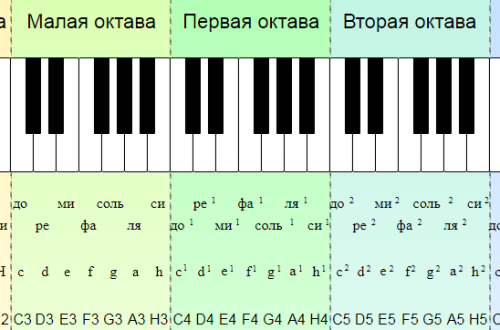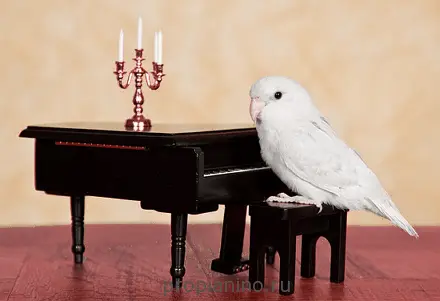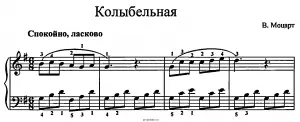
Nuances in Music: Dynamics (Lesson 12)
In this lesson, we will talk about another means of conveying emotions – dynamics (loudness) of music.
We have already said that musical speech is very similar to speech in our traditional sense. And one of the ways to express our emotions (besides the tempo of reproducing words) is another, no less powerful one – this is the volume with which we pronounce the words. Gentle, affectionate words are spoken softly, commands, indignation, threats and appeals are loud. Like the human voice, music can also “shout” and “whisper”.
What do you think unites the explosive called “dynamite”, the sports team “Dynamo” and the tape “speakers”? They all come from one word – δύναμις [dynamis], translated from Greek as “strength”. That’s where the word “dynamics” comes from. The shades of sound (or, in French, nuances) are called dynamic hues, and the strength of a musical sound is called dynamics.
The most common dynamic nuances, from softest to loudest, are listed below:
- pp – pianissimo – pianissimo – very quiet
- p – Piano – piano – soft
- mp — Mezzo piano — mezzo-piano — in meru quiet
- mf – Mezzo forte – mezzo forte – moderately loud
- f – Forte – forte – loudly
- ff -Fortissimo – fortissimo – very loud
To indicate even more extreme degrees of volume, additional letters f and p are used. For example, the designations fff and ppp. They do not have standard names, usually they say “forte-fortissimo” and “piano-pianissimo”, or “three fortes” and “three pianos”.
The designation of dynamics is relative, not absolute. For example, mp does not indicate the exact volume level, but that the passage should be played somewhat louder than p and somewhat quieter than mf.
Sometimes the music itself tells you how to play. For example, how would you play a lullaby?

That’s right – quiet. How to play an alarm?
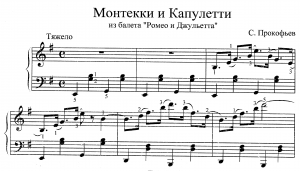
Yes, loud.
But there are cases when it is not clear from the musical notation what character the composer put into the piece of music. That’s why the author writes hints in the form of dynamics icons under the musical text. More or less like this:
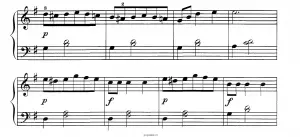
Dynamic nuances can be indicated both at the beginning and in any other place in a musical work.
There are two more signs of dynamics that you will encounter quite often. In my opinion, they look a bit like bird beaks:
![]()
These icons indicate a gradual increase or decrease in the sound volume. So, in order to sing louder, the bird opens its beak wider (). These so-called “forks” appear under the musical text, as well as above it (especially over the vocal part).
Consider the example:

In this example, a long dynamic fork (
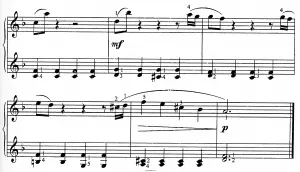
And here the tapering “fork” ( > ) under the musical phrase means that the fragment needs to be played quieter and quieter until the diminuendo sign ends, and the initial volume level in this example is mf (mezzo forte), and the final volume is p (piano).
For the same purposes, the verbal method is also often used. The term “Crescendo“(Italian crescendo, abbreviated cresc.) denotes a gradual increase in sound, and”Diminuendo“(Italian diminuendo, abbreviated dim.), or decrescendo (decrescendo, abbreviated decresc.) – gradual weakening.
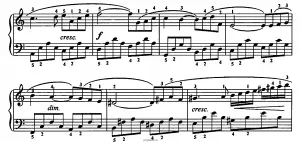
cresc designations. and dim. may be accompanied by additional instructions:
- poco – poco – a little
- poco a poco – poco a poco – little by little
- subito or sub. — subito – suddenly
- più – I drink – more
Here are some more terms related to dynamics:
- al niente – al ninte – literally “to nothing”, to silence
- calando – kalando – “going down”; slow down and turn down the volume
- marcato – marcato – emphasizing each note
- morendo – morendo – fading (calming down and slowing down the pace)
- perdendo or perdendosi – perdendo – losing strength, drooping
- sotto voce – sotto voce – in an undertone
Well, in conclusion, I would like to draw your attention to one more dynamic nuance – this accent. In musical speech, it is perceived as a separate sharp cry.
In the notes, it is indicated:
- sforzando or sforzato (sf or sfz) – sforzando or sforzato – sudden sharp accent
- forte piano (fp) – loudly, then immediately quietly
- sforzando piano (sfp) – indicates a sforzando followed by a piano

Another “accent” when writing is indicated by the > sign above or below the corresponding note (chord).
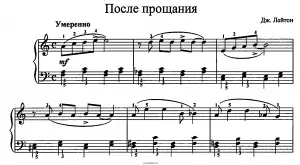
And finally, here are a couple of examples where you, I hope, will be able to put all the knowledge you have gained into practice:
